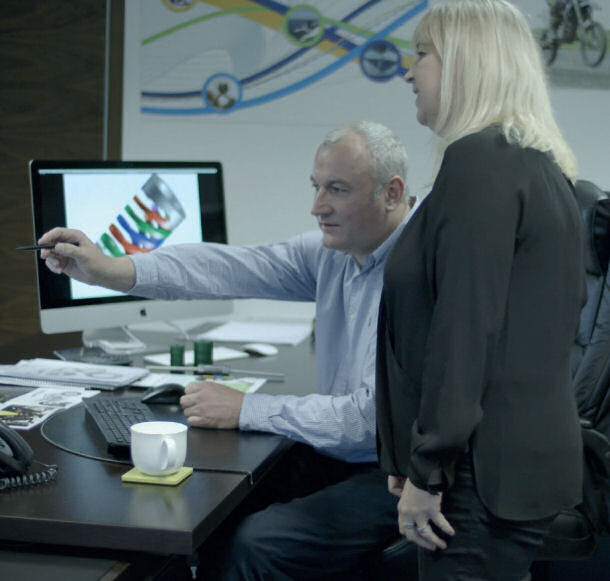

For over four decades, ABSSAC has been a reliable supplier of quality and innovative products, consistently looking ahead with a dynamic and positive vision for the future. At the heart of ABSSAC's success are its core values, emphasizing continuous investment in its people. Whether having spent one year or four decades at ABSSAC, the dedicated staff in key departments, including sales, marketing, engineering, finance, quality assurance, manufacturing, and despatch, play a crucial role in delivering exemplary customer service.
ABSSAC products have found their way into a wide range of systems and devices, spanning from the most basic to the most intriguing and challenging applications. With an accredited quality system and membership in JOSCAR, ABSSAC continues to reinforce its commitment to progress and excellence.
Let ABSSAC be your partner in addressing your linear and rotary challenges. With our experience and expertise, we are here to provide solutions that meet your unique requirements.
Simon Cattle - Managing Director
